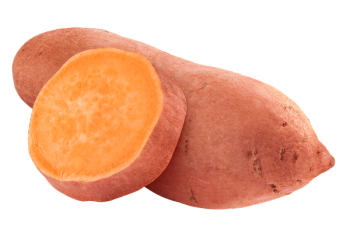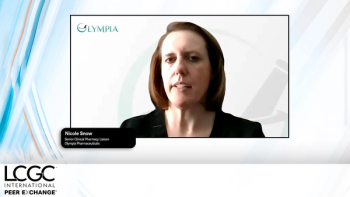
ASMS Monday Morning Session: Post-translational Modifications: Qualitative and Quantitative Analysis
The first morning oral session. titled “Post-translational Modifications: Qualitative & Quantitative Analysis,” will be held from 8:30 to 10:30 am in Hall A. This session will be chaired by Elizabeth A. Gordon of Bruker.
The morning oral session titled “Post-translational Modifications: Qualitative & Quantitative Analysis” will be held from 8:30 to 10:30 am in Hall A. The session, chaired by Elizabeth A. Gordon of Bruker, includes a discussion on a variety of topics relating to post-translational modifications.
Nicole Kabella of the Technical University of Munich Freising will kick off the session with a talk on how to understand changes in the phosphoproteome resulting from KRAS inhibition, which can help to explain the mechanism of action of these KRAS inhibitor drugs.
Next, Brian Fries of The Ohio State University will discuss how the combination of high field asymmetric waveform ion mobility (FAIMS) with zirconium enrichment methods increases the number of phosphopeptide and phosphoprotein identifications within a sample.
In the third talk, Babora Salovska of Yale University will talk about her group’s work employing a deep and highly reproducible analysis of proteome and phosphoproteome using data-independent analysis mass spectrometry (phos-DIA-MS). With this technique her group identified 10,142 protein groups in the total proteome analysis and 64,680 unique phosphopeptides (56,080 unique Class-I phosphosites, P-sites) from 7,250 phosphoproteins in the phosphoproteome analysis.
Sara Savage of Baylor College of Medicine will review recent improvements in natural language processing (NLP) tools to increase the performance and usability of these tools by leveraging biomedical literature–specific deep learning and phosphosite information normalization.
In the fifth talk, Alex Rookyard of the University of Sydney will introduce a novel quantitative proteomics method for irreversible cysteine redox post-translational modifications applied to myocardial ischemia (reperfusion) injury that involves utilizing negative selection via strong cation exchange followed by offline positive selection by hydrophilic interaction liquid chromatography (HILIC).
The session will wrap up with a presentation by Daniel Hu of the University of Notre Dame on how molecular genetics coupled with proteomics (“proteo-genetics”) was utilized to identify an ESX-1-associated NAT, confirming its substrate and specificity.
Newsletter
Join the global community of analytical scientists who trust LCGC for insights on the latest techniques, trends, and expert solutions in chromatography.





